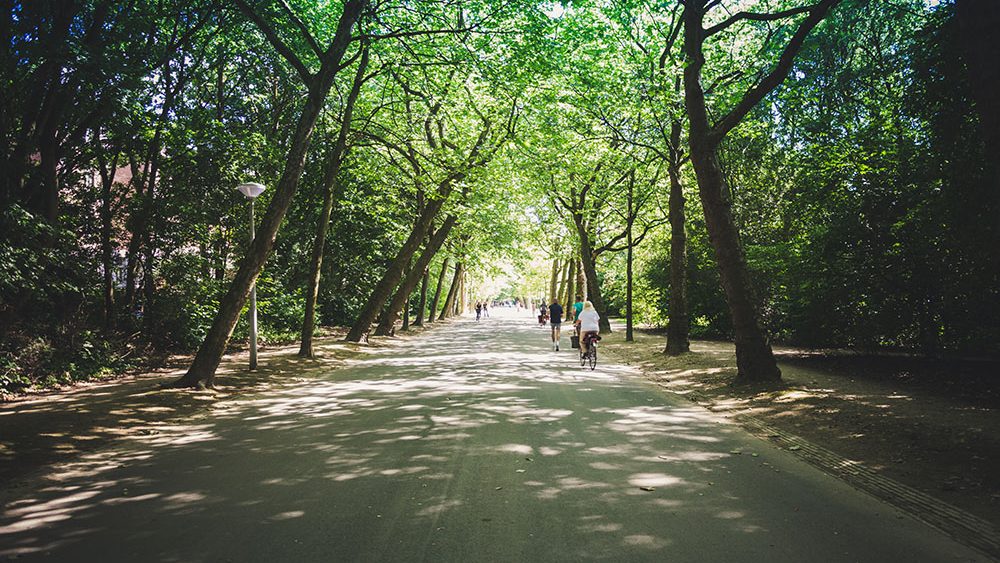This mental health awareness week there’s been plenty in the news about how green space plays a role in mental health – from articles ranging from the role that community gardens can play in overcoming depression, to the Duchess of Cambridge’s woodland wellbeing space for the Chelsea Flower Show.
But although we know that green space does help people to feel well it’s not always easy to understand why or how. As it stands, we don’t have enough consistent or reliable research to inform how urban planners can incorporate green space into cities in a way that we know will help to improve wellbeing. Is spending time in the park just as good as spending time in the forest? Does the amount of green space matter?
Looking at the Thriving Places Index
Last month we launched the 2019 data for the Thriving Places Index, a new way to understand how places are shaped for wellbeing. There’s a wealth of data behind the index that can help shed light on questions such as these. We’ve analysed our data to see what the connection between green space and mental wellbeing might be in local authority areas in England and Wales.
The Thriving Places Index consists of a broad set of indicators from datasets produced by established national data agencies such as the Office for National Statistics, Public Health England and the Index of Multiple Deprivation. We’ve looked at the correlations between the following indicators for upper tier local authorities
- Percentage of green land cover (Source: Prof. Alasdair Rae)
- Prevalence of depression and anxiety (Source: PHE)
- Prevalence of long term mental health problems (Source: PHE)
- Prevalence of severe mental illness (Source: PHE)
- Anxiety ratings (Source: ONS)
At upper tier local authority level, a higher percentage of green land cover is related to a lower prevalence of some severe mental illnesses such as psychosis, as well as lower average anxiety self ratings. So, in areas with more green land cover, less people have severe mental illnesses, and people rate their feelings of anxiety as less severe.
Although this shows a clear link between a higher percentage of green space and some elements of mental wellbeing, it doesn’t tell us how accessible the green space is, or how frequently people are accessing it. This is an important area for future measurement, research and analysis in order to put ideas into action.
The second interesting finding that we can pull out of the data is that the link between the percentage of green land cover and mental health is stronger when we look at local authority areas with lower-than-average green land cover.
When we look only at the areas with less than average green space, more green land cover is related to fewer people self reporting depression or anxiety disorders and lower prevalence of long term mental health problems as well as lower anxiety ratings and lower prevalence of severe mental illness.
This wasn’t the case when we looked at all upper tier local authorities which could suggest that having green space in your area matters for mental health, but you don’t need masses of it to reap the benefits.
Put simply, it’s not easy to see how much green space we need to thrive, or if we reach a ‘plateau’ where the amounts of green space stop impacting our wellbeing positively. But, it’s easy to see that lower levels of green space do negatively impact wellbeing – the less green space, the higher levels of poor mental wellbeing there are.
Full details of the data and analysis we have presented here are available in the full report for the Thriving Places Index 2019.



Comments are closed.